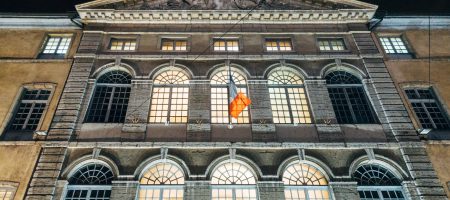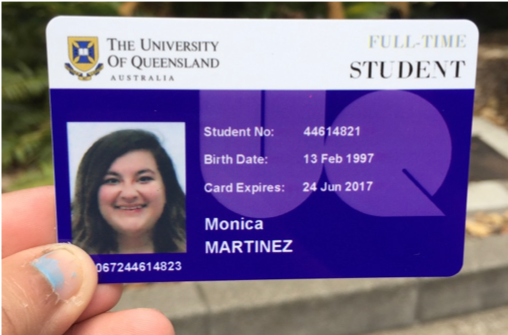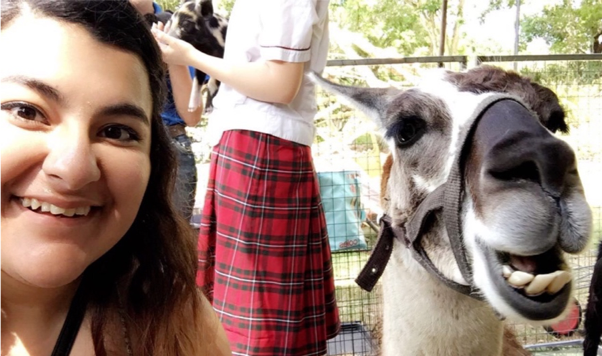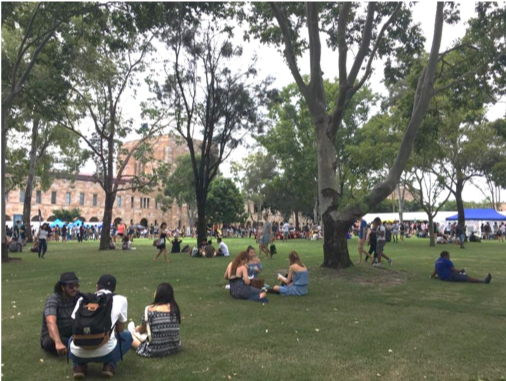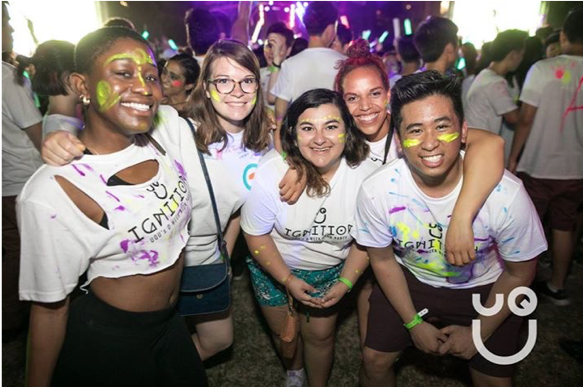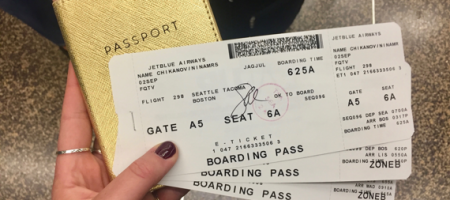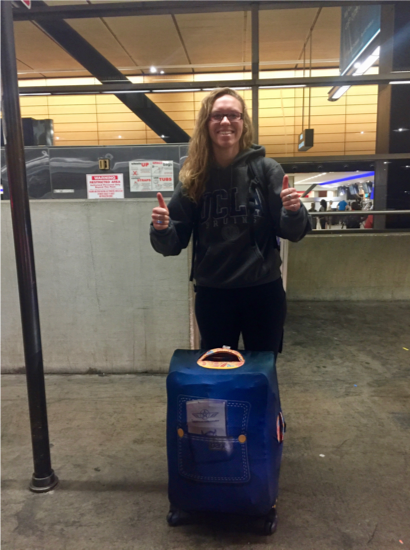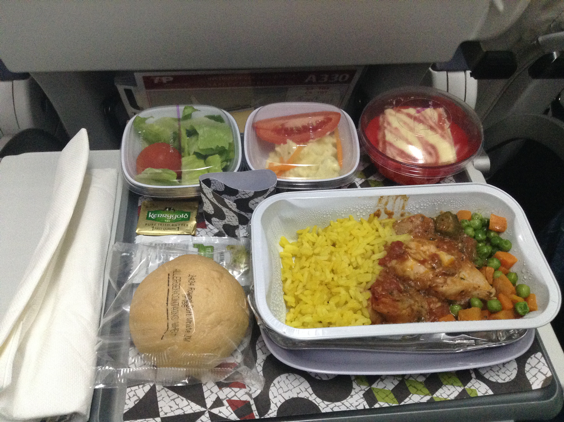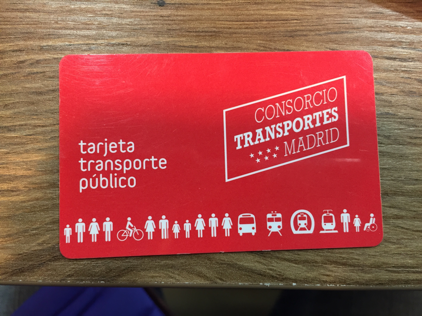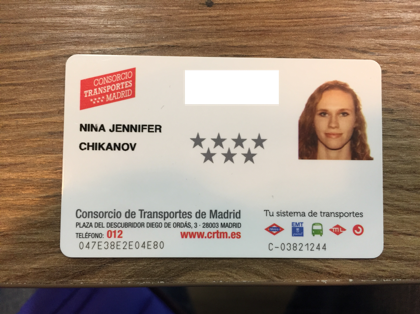France | An Idiot Abroad: Super Mario Go, Coin!
BY BARRY YANG
MUSEE DE BEAUXS ARTS
This past week Professor Porter took us to a very famous Lyonnais museum (Musee de Beaux Arts, which literally translates to “museum of beautiful arts”). He wanted to do our last lecture outside of the classroom and have us experience more of Lyon. The museum is an architectural master piece and composed of beautiful gardens, reliefs, and lots of marble. A former nunnery, the Museum came to be after locals raided the it during the French Revolution. The nunnery was known to have housed many artifacts and deemed too extravagant by locals for a place of God. The state eventually took control of the nunnery and overtime a museum was established. Not only are the artifacts housed in the museum a part priceless history, but so is the building and location itself. In fact, in the Hotel de Ville – Louis Pradel plaza right outside the museum, over ninety people were executed by guillotine during the revolution.
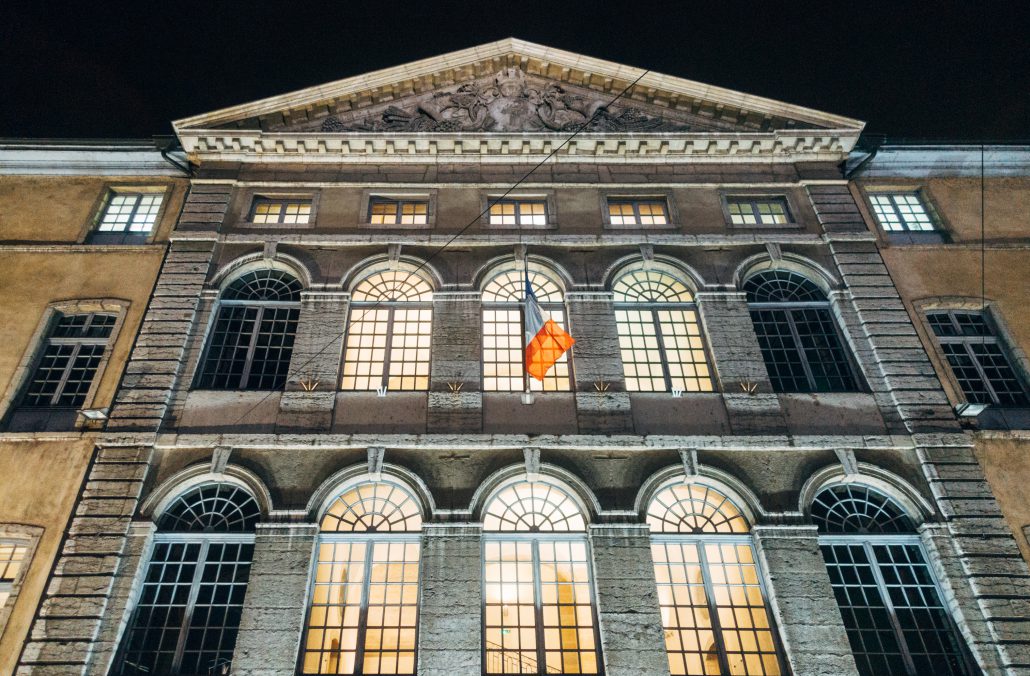
The reason why Professor Porter took us to the museum was to show us a Matisse painting that he had been researching about for the last three months. The painting depicted an art dealer with a very particular beard. Professor Porter spent two hours in front of the exhibit telling us a very convoluted, but extremely interesting, timeline of the paintings imperialist history and his theories on some of the imperialist symbology depicted in the painting. The passion Professor Porter had during this lecture was immense; it was incredibly clear that he was teaching and talking about a subject matter he genuinely cared about. His research on the Matisse painting was not commissioned by the school or an organization, but done simply out of his own interest and curiosity. Professor Porter has been one of the most enjoyable professors I had during this study abroad experience. Many of the other UC students also enjoyed Professor Porter’s class. I feel very lucky to have been taught by someone who so genuinely cares about his subject matter and I hope to meet more professors like Professor Porter in the future. As an end of the term celebration, Professor Porter has invited all of us to see a mime in a traditional Lyonnaise theater and enjoy some beers with him and the theater troupe afterwards. Honestly, what a cool guy (he literally wears a suit everyday but rides around on a scooter).
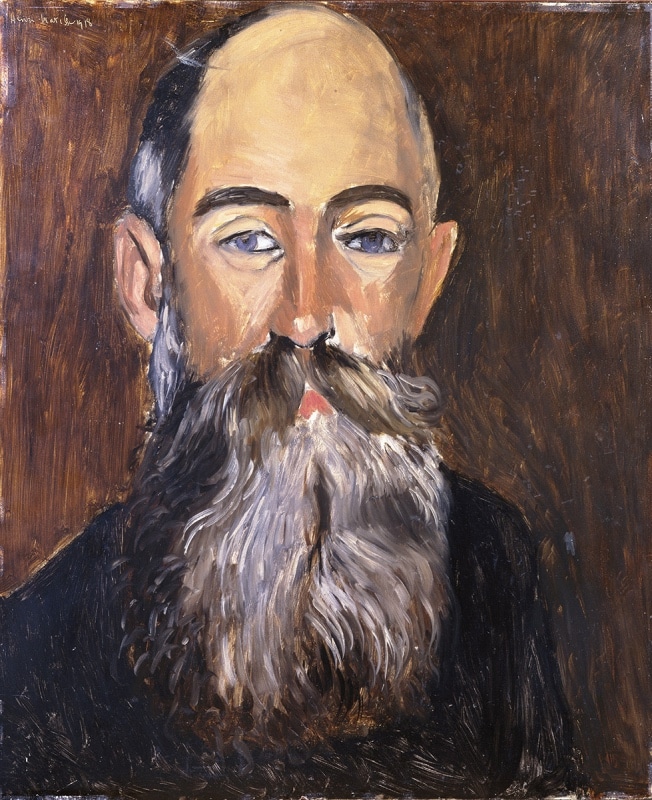
SUPER MARIO GO, COIN!
This study abroad experience has truly been holistic. Not only have I hung out and enjoyed drinks with local Lyonnais and French individuals, but I have also had the opportunity to make friends with people from all over the world. I have had the opportunity to learn about life in Germany, Turkey, Finland, Japan, Ireland, Scotland, London, and many other countries. The stories I have heard and the friendships I have made on this experience will be something that I take with me for the rest of my life and look back on with extreme fondness and nostalgia.
This past weekend the Japanese students in our French class invited us all to their apartment for a party. When we arrived we were greeted with plates of traditional family style dishes. One of the Japanese student’s mother was in Lyon visiting for a few days and she was in the kitchen Gordon Ramsey-ing it up for everyone. There was a lot of camaraderie and shared responsibility amongst all the Japanese students as everyone was doing something to help set up the party. Some were preparing drinks and others were helping in the kitchen. There was not an idle hand and everyone took part in something. We must have had 9 or 10 different dishes that night. The mother even brought some ingredients in straight from Japan. There was a seafood soup that was incredibly savory and nutritious. They prepared a kind of hash brown pancake, but it was topped with dried fish. It would take me too long to describe all the food, but needless to say it was all very delicious. My knowledge of Japanese cuisine expanded greatly after this experience as now I know more than just ramen and sushi. We played some traditional Japanese drinking games as well and it was incredibly fun seeing people from America, Finland, Germany, Turkey, and Japan all bond over food and games. One of the drinking games our Japanese friends taught us was literally called “Super Mario Go, Coin.” Essentially everyone would be in a circle and take turns saying one syllable of the phrase “Super Mario, Super Mario, Super Mario, Coin!”
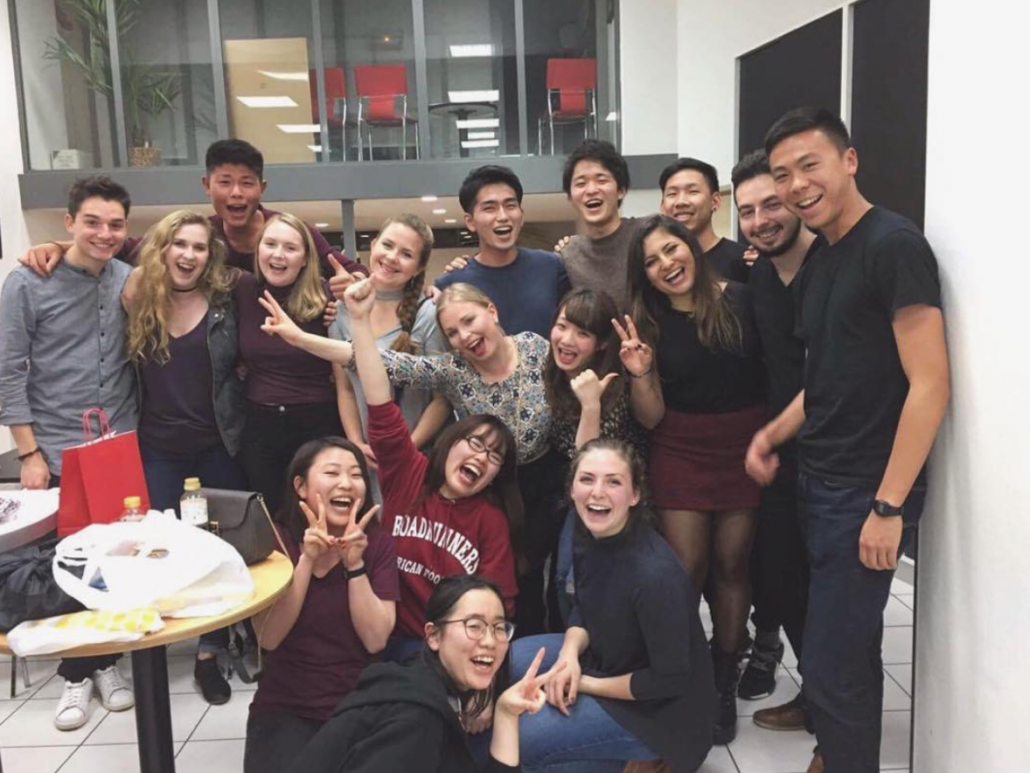
The “coin” would increase after every time the phrase is said. After the first completion it would be one “coin,” second completion would be two “coin,” and so on and so forth. If someone messed up on what he or she is suppose to say then he or she would drink. These games were really fun because they seem to be designed with the intent of getting people to know each other and create bonds rather than just to get people drunk. We all had a really good time at the party and I got to learn a lot about Japanese traditions and cuisine. It is moments like these that make me really enjoy studying abroad; being able to bond with a diverse group of people over simple foods and finding that common link that bridges all cultures and divides is part of what made, and what continues to make, this study abroad experience so fun and eye opening. There are so many hidden gems within every culture, but it is not until you can embed in the culture and have authentic experiences with locals that these gems become discoverable.
Barry Yang studied abroad in Lyon, France, in Spring 2017: http://eap.ucop.edu/OurPrograms/france/Pages/default.asp


